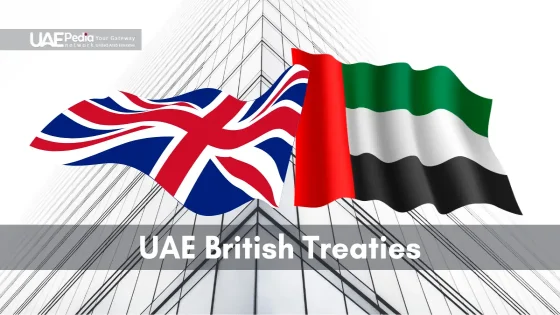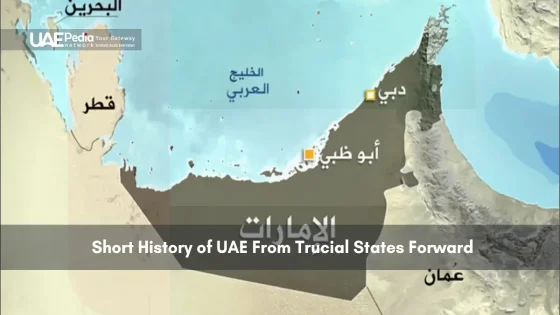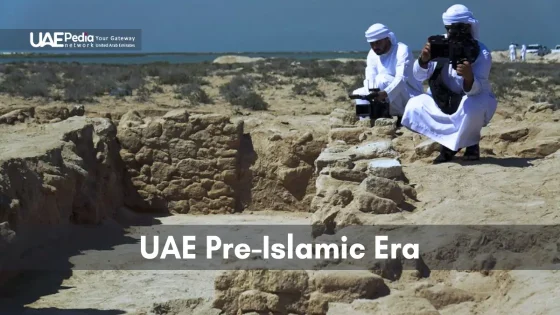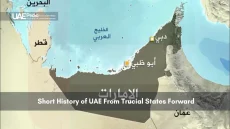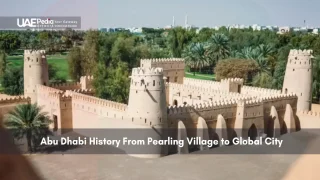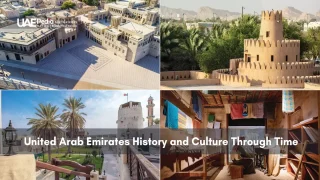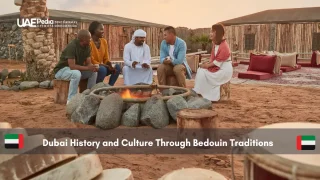Ever wondered how the UAE became what it is today? It all started with treaties with Britain. These agreements changed the Persian Gulf’s politics. Let’s explore how these treaties turned the “Pirate Coast” into a British protectorate.
In 1820, British ships were off the UAE coast. The General Treaty of Peace was signed, starting a new era. By 1971, the Trucial States became the UAE we know today. But what happened in between?
The UAE’s story is told in treaties over 150 years. British influence changed Dubai and Abu Dhabi. Today, the UAE and UK have a strong bond. Over 1.4 million UK visitors come to the UAE each year. Bilateral trade hit £24 billion in 2024.
As we look at these treaties, we see how they helped Britain and the UAE grow. Join us as we travel back in time. See how these agreements shaped Dubai and Abu Dhabi’s futures.
Historical Foundation of British-UAE Relations
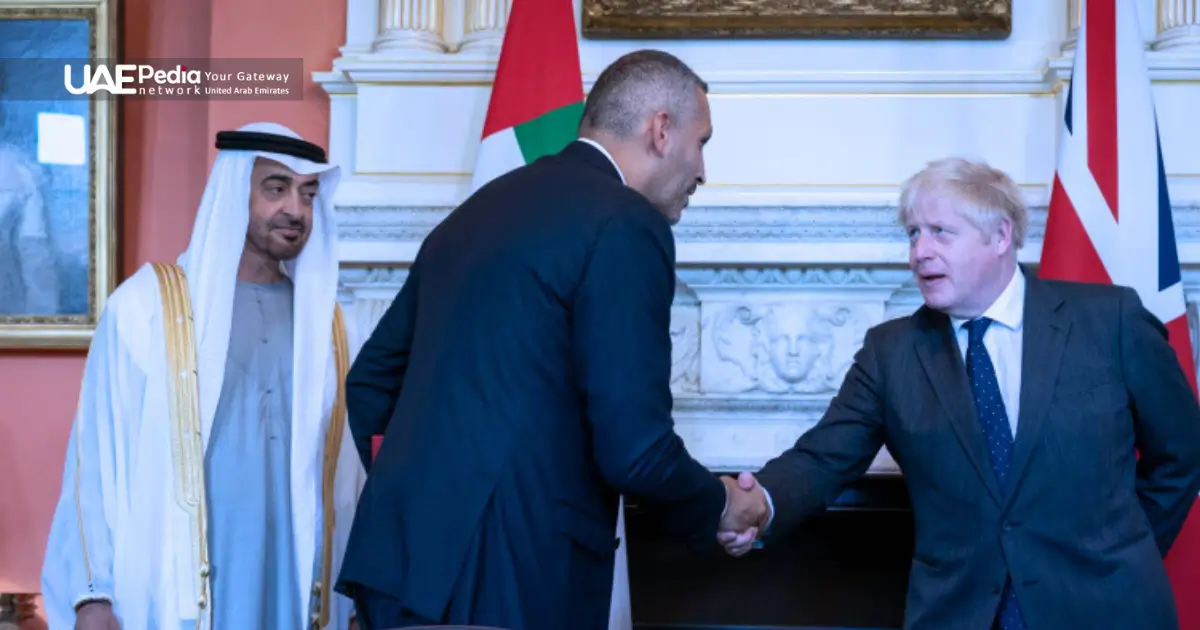
The history of British-UAE relations started in the 19th century. Back then, the southeastern Persian Gulf coast was called Trucial Oman. It was key for British Indian trade and saw a lot of sea battles.
The Trucial States Era and Early Agreements
In the late 18th century, the Al Qasimi dynasty became the top power in the area. Their strong navy caused fights with British ships. This led the British to call the place the “Pirate Coast”.
These battles ended with a British naval attack in 1819. It defeated the Qasimi forces.
General Maritime Treaty of 1820
After the 1819 attack, the British made the General Maritime Treaty of 1820. It was signed by many sheikhs. The goal was to keep the Gulf peaceful and protect British trade.
This treaty started the official relationship between Britain and the Trucial States.
Perpetual Maritime Truce of 1853
The Perpetual Maritime Truce was signed in 1853. Captain A. B. Kemball helped make it. This treaty made peace at sea last longer.
It helped both local leaders and British traders. These treaties helped change Trucial Oman into the United Arab Emirates we know today.
They also shaped the Gulf’s politics. They paved the way for the area’s economic and cultural growth.
UAE British Treaties and the Transformation of Gulf Politics
The Exclusive Agreement of 1892 was a big change in Gulf politics. It made the ties between Britain and the Trucial Sheikhdoms stronger. This changed the political scene in the region.
The rulers of Abu Dhabi, Dubai, Sharjah, Ajman, Ras Al Khaimah, and Umm Al Quwain signed this important deal.
The Exclusive Agreement of 1892
This agreement said the Trucial Sheikhdoms wouldn’t give land to anyone but Britain. They also promised not to talk to other countries without Britain’s okay. This made Britain’s influence in the area stronger.
British Protection and Defense Commitments
Britain agreed to protect the Trucial Coast from sea threats. They also said they would help if there was a land attack. This was key for the Gulf’s security.
Maritime Security and Trade Relations
The treaties changed how safe the sea was and trade in the Gulf. Britain’s protection made sea travel safer. This helped the economy grow and set the stage for future trade.
| Trade Partner | Share of GCC Oil/Gas Exports | Notable Facts |
|---|---|---|
| Asia | Over 70% | Largest consumer of GCC energy exports |
| China | 20% | 11.7% of UAE’s total foreign trade in 2021 |
| India | Part of 15% (SAARC) | Expected to be largest source of global oil demand by 2030 |
| ASEAN | 10% | Significant growth in non-oil trade with GCC |
| South Korea | 10% | Important energy partner for GCC |
The British treaties changed Gulf politics a lot. They helped make the region stable and helped it grow economically. These deals helped create the modern UAE and its important role in global trade and politics.
British Administrative and Legal Influence
The British protectorate over the Trucial States shaped the region’s governance and legal landscape. In 1952, the Trucial States Council was formed. It was to foster cooperation among the seven rulers. This council laid the groundwork for future UAE governance structures.
The British legal system left a lasting impact on the region. British protection influenced local governance structures and legal frameworks. It created a foundation for the modern UAE’s administrative system.
Economic changes were significant under British influence. The Indian rupee served as the de facto currency until 1959. Then, the Gulf rupee was introduced. This shift marked a step towards greater economic independence for the Trucial States.
British foreign policy considerations in the Middle East spanned over two centuries. These included maintaining access to India, protecting the Suez Canal, and ensuring oil supply. The timeframe from the 1770s to the mid-20th century was crucial in shaping British-UAE relations.
- Nine sheikhdoms in the lower Gulf held the status of British protected states
- Six of these sheikhdoms eventually formed the United Arab Emirates
- Decolonization negotiations took place from 1968 to 1971
The British influence on the Trucial States’ administrative and legal systems set the stage for the modern UAE. This legacy continues to shape the nation’s governance and international relations today.
Economic and Cultural Impact of British Treaties
The British treaties with the Trucial States, now the UAE, changed the region’s economy and culture. These deals helped start big changes in trade, building, and sharing cultures.
Development of Trade Routes and Commerce
British help made the UAE’s economy strong by creating important trade paths. The pearling business grew, and sea trade got bigger. This helped the UAE become a key player in global trade.
Infrastructure and Military Developments
Building things was a big part of British-UAE ties. The start of flying in the area came with Al Mahatta Fort for Imperial Airways. They also built military bases to improve safety and defense.
Cultural Exchange and Educational Initiatives
British influence brought cultural sharing and education growth. More people learned English, and British schools were introduced. This helped the UAE become a diverse, global community.
| Impact Area | Examples |
|---|---|
| Trade | Pearling industry, maritime commerce |
| Infrastructure | Al Mahatta Fort, military facilities |
| Education | English language schools, British curriculum |
The effects of British treaties still shape the UAE today. The country’s strong economy, top-notch buildings, and rich culture all show the impact of this historical bond.
Conclusion
The British treaties with the Trucial States were key in shaping the modern Emirates. They changed the area from tribal groups to a single nation with strong ties to the world. These treaties still shape UAE-UK relations and Gulf diplomacy today.
The British legacy is seen in the UAE’s governance and business. For example, the UAE-UK Double Tax Treaty helps avoid double taxation. This treaty, along with no taxes for individuals, makes the UAE a great place for people and businesses.
Now, the UAE has strong ties with the UK and other countries. Over 130,000 British people live in the UAE, and trade between them is over £24 billion in 2024. This close bond, based on old treaties, keeps shaping the Emirates and influencing global diplomacy.
